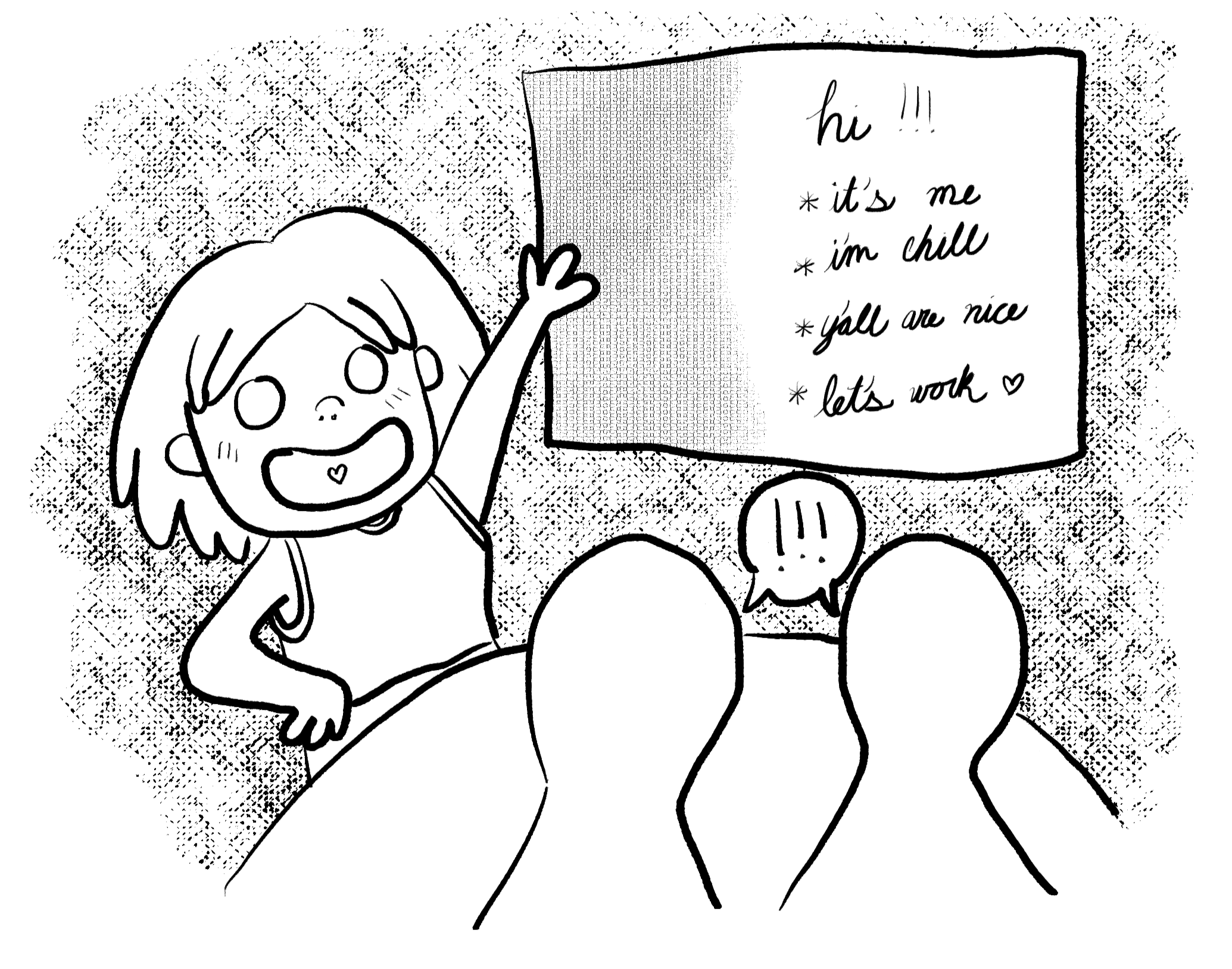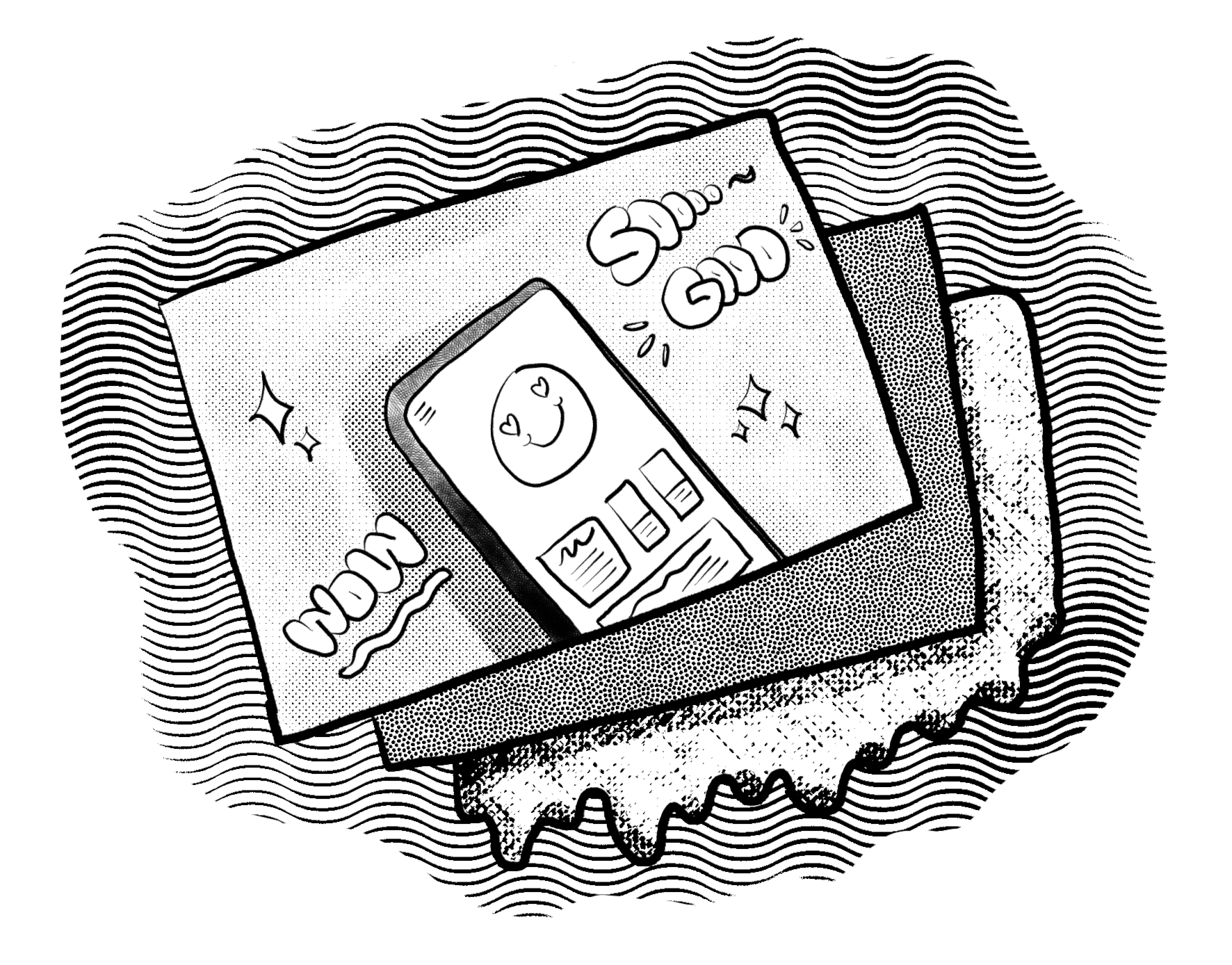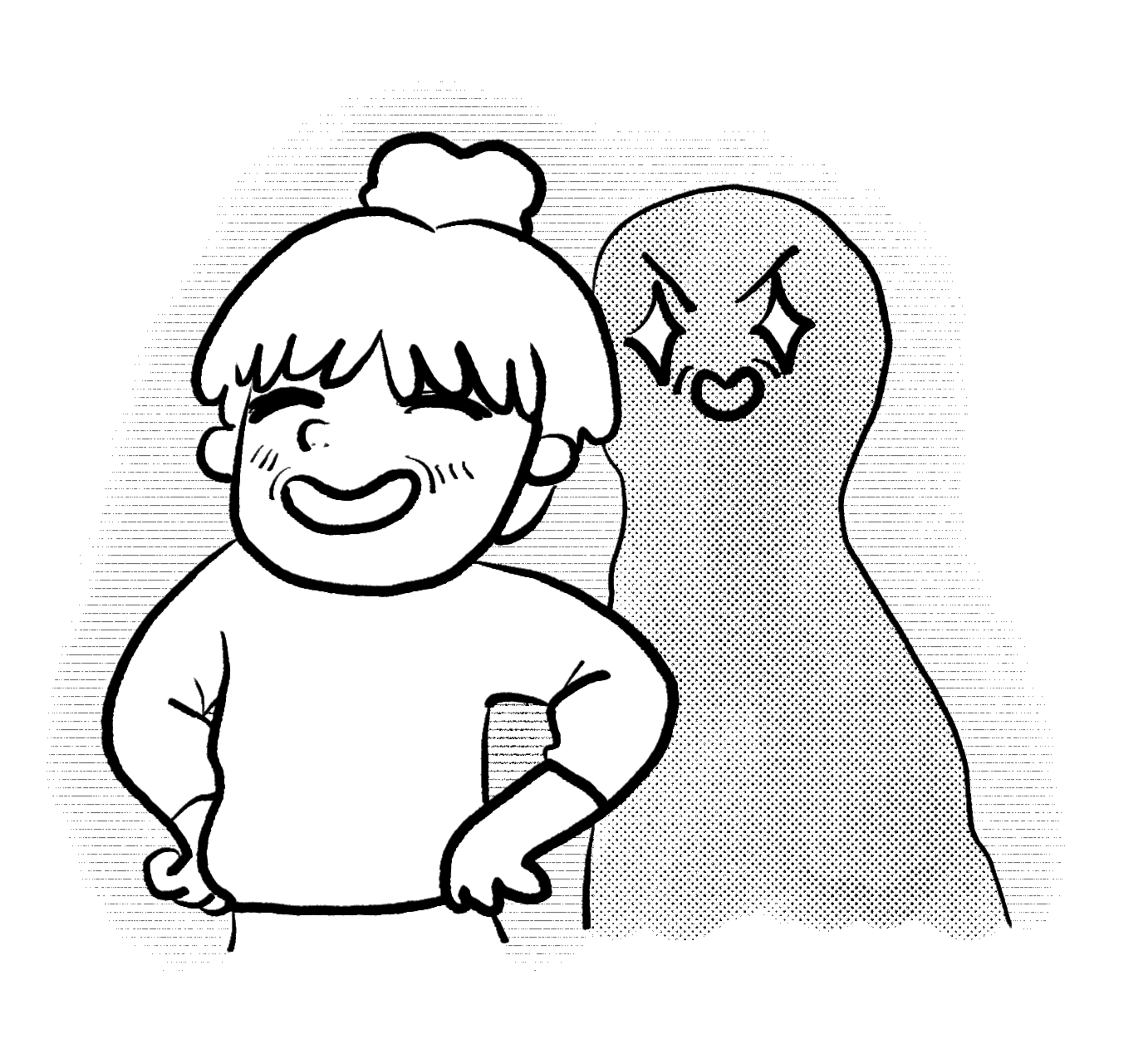Debug your design interview journey, stage 3: Onsite
This post is part of a series about the design interview journey. You can learn more here.

The onsite is the most crucial stage of the interview process. It’s an exhausting gauntlet — a consecutive series of 30–60-minute interviews with IC designers, your future manager, and other relevant stakeholders. If you’re lucky, you can do this process remotely. And if you’re really lucky, you can spread the process over multiple different days.
In this post, I’ll go through the onsite interview process and cover common reasons designers get rejected. The topics I discuss will come from a variety of places including my personal experience, Merit mentorship calls, and conversations with peers. Let’s jump in!
What happens at an onsite?

Onsite design interviews aim to assess the candidate’s design chops, problem-solving skills, and potential value to the organization. Usually, you will start by presenting select work to the hiring panel for 60 minutes. The work you present depends on the company; sometimes you’ll share two past projects of your choice, while other companies might ask you to prepare the solution to a design challenge.
After the group presentation, you’ll likely have a series of chats with different people who are honestly just trying to vibe-check you. If you’ve got a spicy company, you’ll probably also be asked to do a whiteboard exercise. When a hiring team is really trying to test your commitment, they will make you meet random people whom you may never actually collaborate with.
Debugging rejection after onsites
There are a variety of reasons for dropoff at the onsite stage. Some of them are outside of your control:
- Another candidate was a perfect fit
- The company did not care enough to remove bias from the hiring process
- The hiring team didn’t know what they wanted when they put out the original job description, and they decided they wanted something else after speaking with you
All of these outcomes are unfortunate and unfulfilling but ultimately have nothing to do with you. There are other reasons for dropoff at this phase, though, and you can change how you operate based on them. I’ll walk through each so you can bring your best self to the onsite boss battle.
They made you do a design challenge and didn’t see what they wanted
Let me start by saying: design challenges are a huge red flag. Most designers — even the entry-level ones! — already have a portfolio of work and can choose a few projects to talk through. Take-home challenges are a treasure trove of biases (for example, folks with more privilege can afford to spend more time on them).
Some companies require this step because they believe it’s the best way to analyze a person’s thinking. I personally think that’s incorrect and have avoided opportunities that require me to do extra work I don’t have time for. If you can afford to be choosy, I would encourage you to only complete a design challenge if you really like the company.
Now, let’s talk about what can go wrong here. The hiring team usually has a rubric of solutions along with details to look out for during the presentation. When you complete the challenge, the team will usually grade your response according to these pre-set expectations.
The issues with design challenges usually boil down to not having had enough time to deliver the outcome they want. Maybe they didn’t like the lack of consideration for customer insights, or it could’ve been that there were glaring holes in your process. But this is a hypothetical (and probably unpaid) project — it was kind of you to even spend time on it!
I usually don’t take design challenge rejections personally, and I’d recommend you don’t either. You probably dodged a bullet.
Unclear portfolio presentation

There are various ways in which your portfolio presentation could result in a rejection. It could be too high-level — this is likely the case if interviewers keep asking for more details. Can you edit your presentation to proactively answer their questions?
Your presentation could also be too in-depth. If you often run out of time before covering everything, have to speak quickly, or can’t take questions from the team, you need to cut some content. Try writing a 1-sentence summary describing what interviewers should leave the room thinking, then rearchitect your presentation to tell that story. Anything that doesn’t fit the narrative must go.
It’s also possible that your presentation is disorganized. If you find yourself tripping over content in your deck, you need to edit the parts where you stumbled. Your presentation should flow seamlessly, and you should never have to answer retroactive questions about the timeline of your work.
Finally, maybe the team couldn’t understand much about you from your presentation. A lot of companies run on vibes, so hiring managers want to know what value you’ll add to the business and the team. How can you make your presentation an expression of yourself? Have fun with it — the team does want to connect with you.
Collaborators didn’t get a good signal

After the group presentation, you’ll likely have several solo conversations with your future colleagues. If your portfolio presentation went smoothly, you may have stumbled in a 1:1 interview. Think about the experience; did you struggle to answer any particular questions?
Common missing signals include:
- Unsure if they can be a partner to Product Management
- Couldn’t tell how well they work with Engineering
- Unclear if they have experience with UX Research or Data Science
- Little to no mention of design systems
Each of these issues can be resolved by preparing to speak in detail about how you collaborate with others. Experienced designers can speak about past situations where they’ve worked on a product team, conducted user research, or contributed to a design system. If you don’t have past experience, you can talk about your ideal process and reference techniques you may have learned from resourcees such as books or blogs.
If you look at the job description again, you might also find more clues. Most hiring teams are looking to check off as many boxes from the job description as possible. If you go into future 1:1 interviews with the role requirements at the top of your mind, you can do a better job of explaining why you’re a good fit.
They made you do a whiteboard challenge and didn’t see what they wanted
One unique type of collaborator interviews might also be a “whiteboarding” challenge. The goal of these sessions is to understand how you plan your work, ideate in an innovative way, and (maybe) deliver solutions under time constraints. Sometimes these challenges are quite opaque, but there are some threads I’ve noticed across whiteboard interviews.
Here are some reasons your whiteboarding partner may have declined to hire you:
- Jumped into solutions too quickly
- Didn’t ask for or reference user insights
- Thought process was not structured and the facilitator had to step in too often (”not senior enough”)
- Solution was uninspiring
Whiteboarding challenges are stressful and uncomfortable, especially at first! It’s very normal to forget some steps or flub when adrenaline runs high. Be patient with yourself, remember to breathe, and always start by making a plan.
Get some whiteboarding practice with 60-minute design prompts of your own. Redesign a kiosk for your local transit system, create a new TV remote, or design an SMS-only system — these are three real challenges I’ve been asked to solve. If you’d like a book full of examples, check out Solving Product Design Exercises by Artiom Dashinsky.
Similar to take-home challenges, whiteboarding challenges are a design culture red flag. At best, whiteboard sessions give you a chance to bond with your future coworkers. At worst, they are an easy way for you to do unpaid work. Once again, you may have dodged a bullet if this was the reason for your rejection.
Concern about culture-add or values-fit

The last and hopefully least likely scenario is that the team is concerned about how you might impact the team dynamics. This is not about culture-fit — hiring teams should not look for what they already have. Instead, I’m specifically speaking about a company’s values, the way people work, and the effect new hires can have.
Hiring teams often look for people who will amplify their values. While every company has different values, you can usually expect them to include respect, accountability, and a customer focus. Consider ways to show you’d be a positive addition to the company’s culture. For instance, if a company had a value of collaboration, I might research new collaboration techniques and share examples of what I’d like to try next.
Sometimes the issue can be that a past workplace or academic culture has negatively impacted your conduct; an example of this might be a gatekeeping-heavy environment. If you find yourself bringing negative energy into interviews, you might need to undo past workplace trauma. I’d recommend reflecting on past experiences, defining your ideal company culture, and creating commitments as an individual in the workplace. You might need to work with a mentor or coach on improving this, as it can be hard to recognize and unlearn toxic behaviors by yourself.
One warning: please avoid faking for the sake of sounding more hireable! Anything you do in this regard should be genuine since you’ll be expected to bring the same mindset to the job. If you change your personality once you start a new role, the average employer would catch on quite quickly and let you go.
Next up: Offer
If you get past the triathlon (onsite), you should receive a verbal offer. In the next post, we’ll talk about the potential pitfalls of this final stage.
Upcoming talks
-
Staff designer: Grow, influence, and lead as an individual contributor
At some point in your career, you'll likely have to choose between senior individual contributor (IC) and design management roles. But what if you don't want to manage others? What if you’d rather continue as an expert contributor? In this talk, we’ll take a deep dive into staff/principal designer roles—a combination of team leadership and in-the-pixels design work—all without any direct people management. Learn how you can advocate for, grow into, and succeed in such IC leadership roles.
Want to talk?
Got feedback, looking to suggest a future writing topic, or want to invite me to speak at your organization? Send me a message and I'll get back to you as soon as possible!